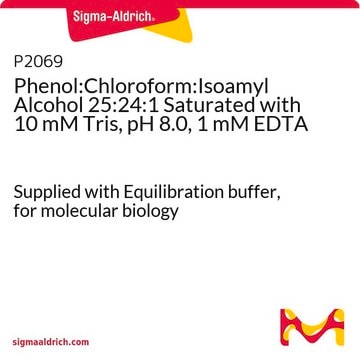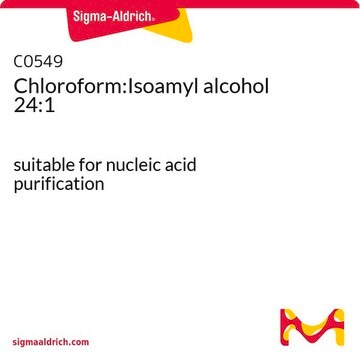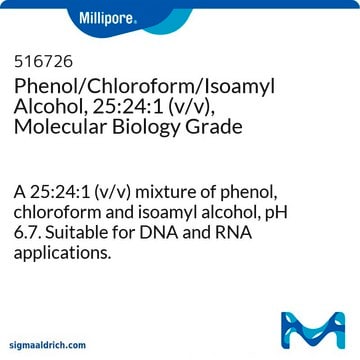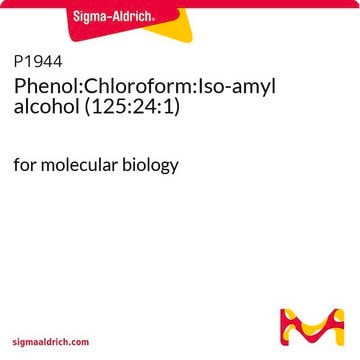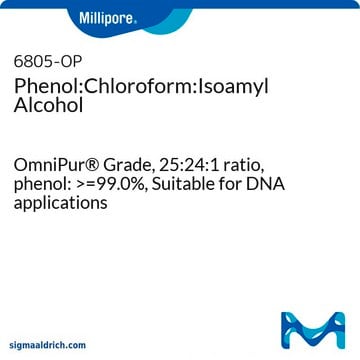Yes, the equilibration buffer is to be added before use, according to the following instructions:
Add the entire contents of the small bottle of Equilibration Buffer to the large bottle of Phenol:Chloroform:Isoamyl Alcohol reagent.
Mix gently and allow the phases to separate before use, typically 2–4 hours.
This will adjust the pH of the phenol phase from pH 6.7±0.2 to 8.0±0.2.
Please see the link below to review the product datasheet for additional information:
https://www.sigmaaldrich.com/deepweb/assets/sigmaaldrich/product/documents/490/315/p3803pis.pdf

